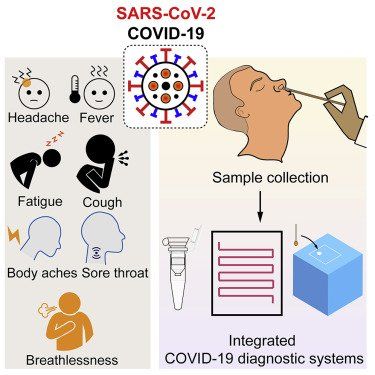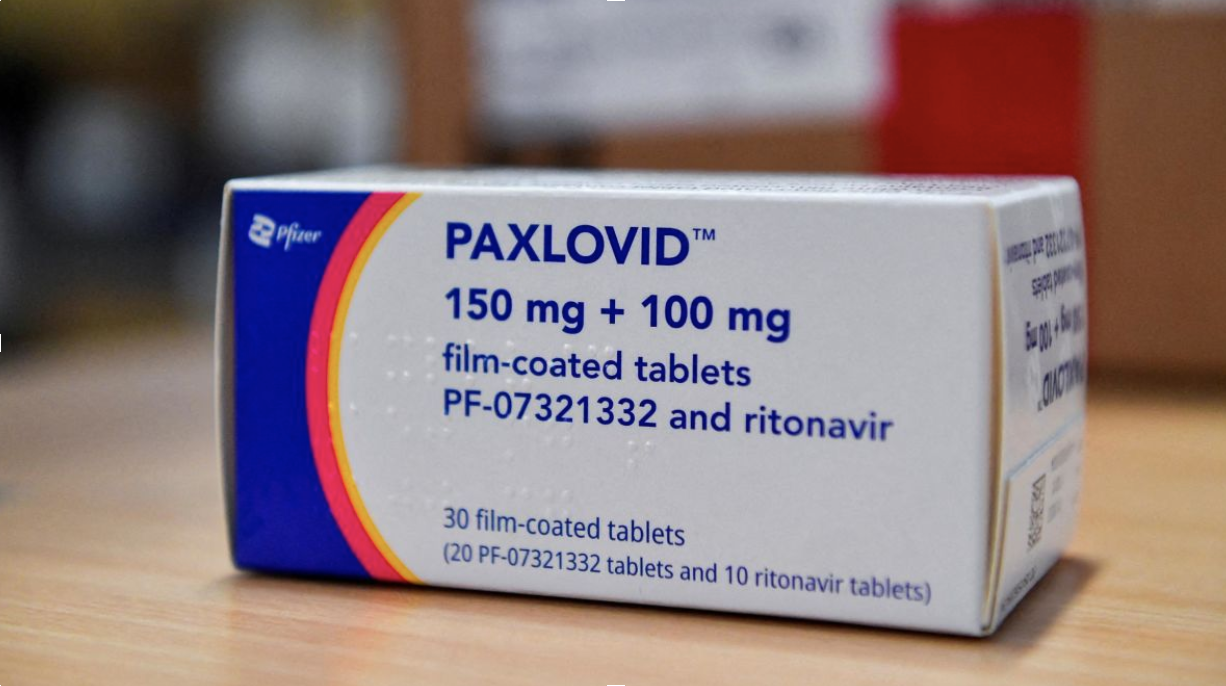COVID-19
By William Huang
March 2020. I still vividly remember leaving my piano and opening the email informing me of the closure of my school. Many emotions swirled through my mind that night: confusion, curiosity, worry, but mostly, fear.
Fast forward to the present. As I finally experienced a full high school junior, I can’t help but look back. What caused this sudden hiatus that stole almost two years of my high school life?
Origins of COVID
SARS-CoV-2, better known as COVID-19, first made its appearance in 2019. To this day, its origins are not exactly clear. Speculations like its connection to bats as well as the Wuhan fish market all have been considered by scientists.
The Virus
Coronaviruses are a family of viruses that causes respiratory illness in humans. The name comes from the crown-like spikes on the surface of the virus. These spikes allow this virus to stick to the surface of animal cells, which allows the virus to enter and invade. Through a series of mutations, the coronavirus was able to infect humans, affecting the lives of millions.

Diagnosis
The current methods of diagnosing COVID-19 is through molecular recognition tests, specifically rRT-PCR, and serology testing. rRT-PCR, or real-time reverse transcription polymerase chain reaction, analyzes a sample of the body which contains nucleic data, such as saliva or snot, and detects the genetic expression present, which is then compared to a published genetic sequence of the virus. Serology testing detects antibody production of the body’s immune system against potential presence of the virus, but because antibodies remain in the body long after the virus has been eliminated, PCR testing is more regularly used. Lately, however, recent investigations have taken place targeting increased use of serology testing for both diversity of the diagnosis for COVID-19 and to detect the widespread impact of COVID-19.

Image Credit: https://www.sciencedirect.com/science/article/pii/S2590238520303052
Symptoms and Prevention
COVID-19 patients can experience a myriad of symptoms. Common symptoms that have been reported include fever, chills, cough, shortness of breath, difficulty breathing, tiredness, muscle or body aches, headaches, loss of taste or smell, sore throat, and congestion or runny nose. These symptoms usually occur 2-14 days after exposure. Children usually have milder symptoms, while older people have experienced severe symptoms. When symptoms like trouble breathing, persistent pain or pressure in your chest, new confusion, inability to wake up from sleep, and bluish lips or face occur, health officials recommend that you call 911. That does not mean, however, that children are less susceptible to becoming infected by the disease. As indicated by the words of Dr. John Brooks, it is likely that cases with children are not reported due to “decreased likelihood that children were present for clinical care,” or a lack of recognition that sick children have COVID-19. Practicing preventative measures and maintaining hygiene are important to keep both yourself and your children safe from potential illness.
Treatment
Until recently, there have been no real treatments for COVID-19. Previously, doctors recommended taking medications like acetaminophen or ibuprofen to reduce fever, drinking water to stay hydrated, and getting rest to allow the body to fight the virus.
Following President Biden’s positive COVID test, antiviral treatments have been put in the spotlight and have received more attention. One notable option is Paxlovid™, a medication taken by mouth to treat moderate symptoms. Although it may interfere with hormonal contraceptives and recent reports have shown that it may be linked to inflamed symptoms once the patient finishes the medication, Paxlovid™ has shown positive signs in adults and children and reports of recurring symptoms has been rare. However, getting vaccinated, wearing a mask, and maintaining hygiene still remains as a promising option to overcome this pandemic.

Image credit: https://www.cnn.com/2022/07/22/health/biden-paxlovid-covid-19/index.html
Citations
https://my.clevelandclinic.org/health/diseases/21214-coronavirus-covid-19
https://www.hopkinsmedicine.org/health/conditions-and-diseases/coronavirus
https://www.who.int/health-topics/coronavirus
https://www.webmd.com/lung/coronavirus
All Rights Reserved | Safe Covid-19 Relief Engineerning



